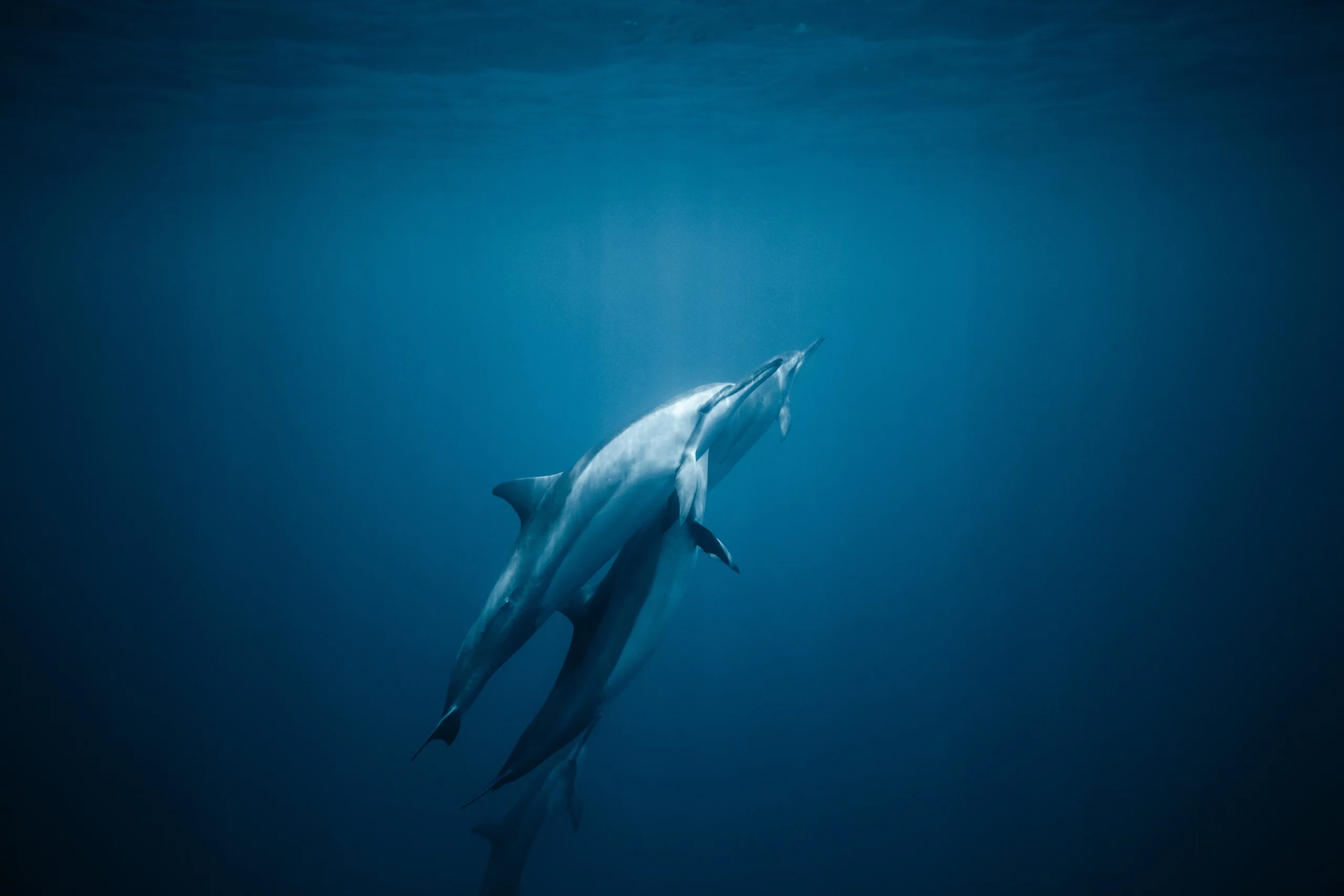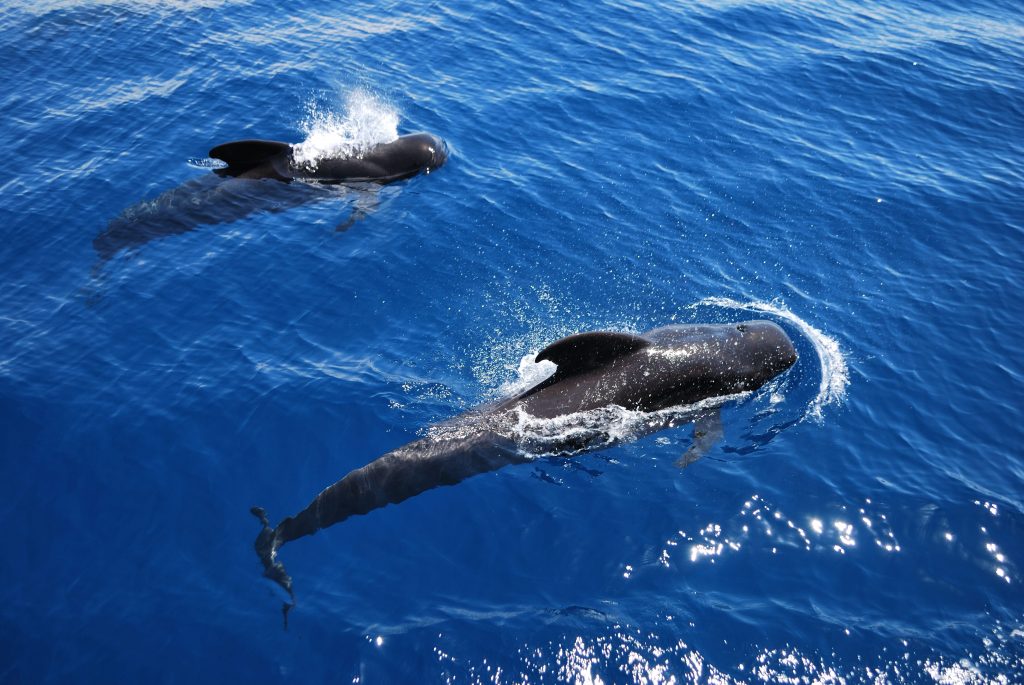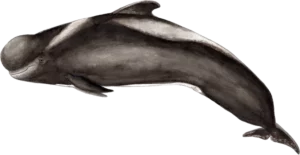Experience the marvells of the sea
The Canary Islands have a very diversified and species-rich marine fauna. Tenerife, with an area of about 2,050 km2, is the largest of all the Canary Islands. In its waters, you can sail by whales; in fact, fauna of Tenerife has 19 of the 79 species distributed worldwide, including a stable colony of dolphins and pilot whales, about 250 specimens.
One of the main attractions in Tenerife is the presence of dolphins and pilot whales near the port of Los Cristianos. You can meet many of these animals between Tenerife and La Gomera, where the sea reaches a depth of approxilately 3,000 meters.
Since 2019, our company is legally established as a tourist service provider. The boat is authorized to interact with fauna of Tenerife for whale watching by carrying a yellow flag with the logo ¨Blue Boat¨.



Bottle - Nosed Dolhin(Tursiops Truncatus)

- They are very sociable, intelligent and friendly animals. They live in small family groups of up to a dozen specimens that sometimes get together to form large herds.
- They measure 2.7 meters on average for adult males, and 2.5 meters for females, while old specimens can reach up to 4 meters in length. They have a great variability in terms of size, shape and color, depending on the geographical region in which they live; in fact, it is likely to include several different species. They weigh an average of 400 kg although they can exceed 500 and even 600 kg.
- They live between 30 and 40 years, reaching sexual maturity at 11 or 12 years of age.
- Their staple food is fish, but they also eat squid and different crustaceans. They ingest around 15 kg per day.
Short-finned Pilot Whale
(Globicephala Macrorhynchus)

- Very sociable inhabitants of Tenerife from the Delphinidae family.
- They measure between 4 and 5 meters in length and can weigh more than 3,000 kilos. They are recognized by their short fins and their dark gray or black color. The head region is described as a bulging forehead, which is why they are nicknamed melon heads. They have a beak-shaped snout and slender, pointed fins.
- The average lifespan of females is 63 years, although they are only capable of giving birth until they are 40 years old. Males have a higher mortality rate than females and their average lifespan is 46 years.
- They feed mainly on cephalopods, although they also eat small fish. They consume about 45 kg of food per day. Their preferred food is squid and fish, and they are believed to be prodigious divers, as they can dive up to 600 m in pursuit of prey.
